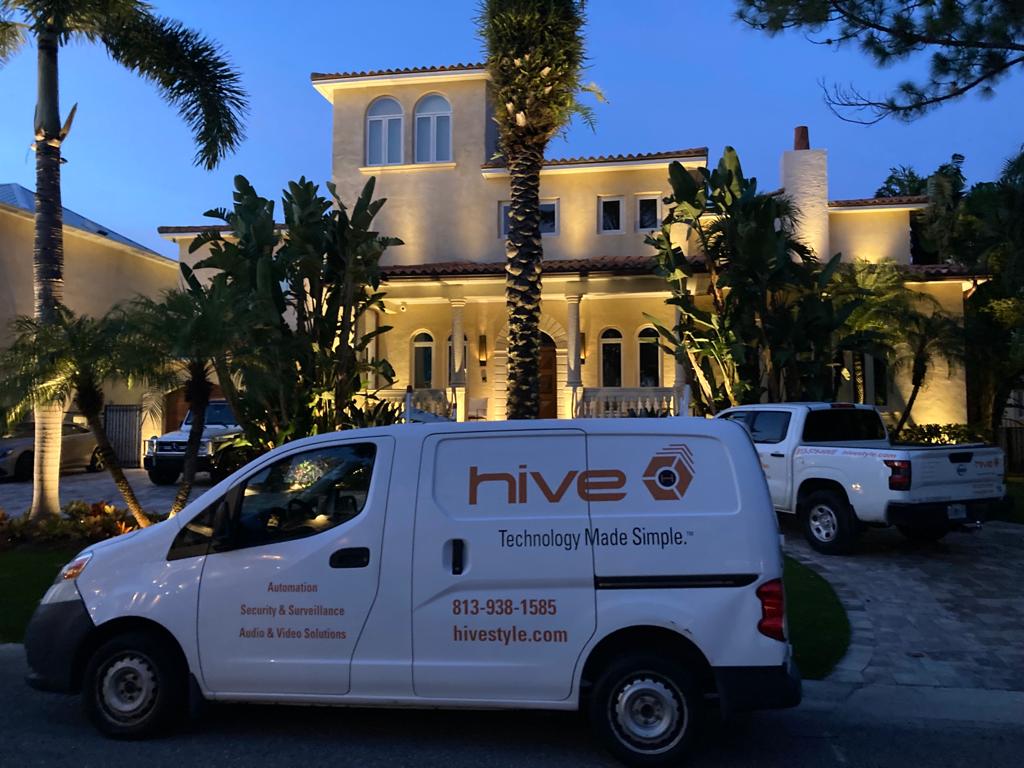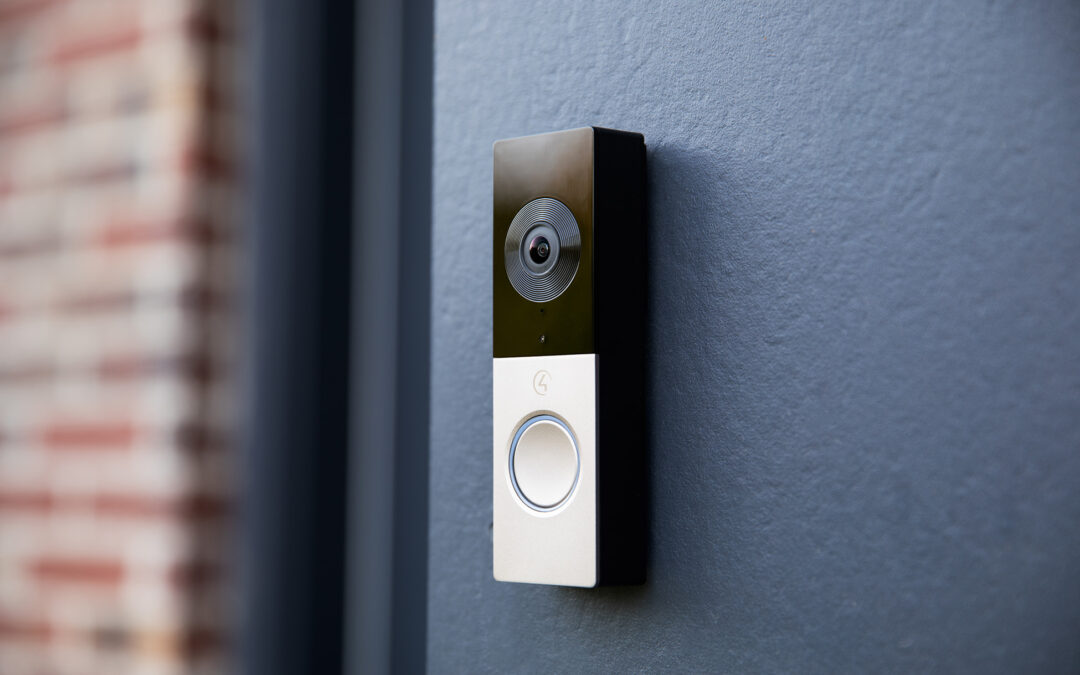One of the most significant cost drivers is price versus service. Compare restaurants for example. The service you receive at a fast-food chain compared to a fine dining restaurant is vastly different.
At one, you are served quickly, with premade food, and assume the responsibility of cleaning up after yourself. On the other, a waiter attends to your needs, food is made fresh and to order, and plates are collected for you. These are two vastly different experiences. Thus, they have different price points.
But how does the price compare to service in home automation? At Hive, a premier home automation company, we treat our clients with the same respect and efficacy as fine dining establishments.
In this article, we discuss the factors that can lead to a higher price, but also a higher level of service. These factors include;
- Reliability: How Does It Effect Price versus Service?
- One App versus Multiple Apps
- Cutting Edge versus Bleeding Edge
Reliability: How Does It Effect Price versus Service?
Reliability is an essential factor regarding price. Think about the modern technology environment. Nearly every device relies on the internet. This can put a strain on your network, especially if it’s wireless.
Think of your Wi-Fi network as a telephone wire: taunt and reliable. Now, imagine every device you connect is a bird. That bird sits on the wire, and its weight bends it ever so slightly.
That first bird might be something as simple as your smartphone. But what if we connect a TV to the network? Or what about 5 TVs? Let’s add a couple of security cameras and some speakers. Now some shades, lights, projectors, and intercoms! Suddenly, we have upwards of 40 birds on that line, pulling it down and threatening to snap.
So how do we solve this problem? Simple, by installing Wireless Access Points or boosters. While boosters are cheaper, around $25 on average, Wireless Access Points (or WAPs) provide a larger range of wireless access, for a much higher price point.
Relaibitly affects more than just your internet. When it comes to technology, there is always a cheaper version of a hot, new item. However, because these items are cheaply made, they often malfunction quickly. Therefore, this leads the client to need to replace the item sooner than they wanted.
Think about your TV. Did you buy the first 4K TV you saw in the store? Or did you research the product, ensuring you got all the features you wanted? Does it have Roku connectivity or is it a different brand of smart TV? You likely read reviews, comparing other consumers’ experiences. Reviews are a great way to estimate a product’s reliability.
One App versus Multiple Apps
Remember when cable boxes, DVD players, and gaming systems first started sharing space on the TV stand? All those tangled wires bunching against the wall? What about juggling remotes for each system and another remote just to turn on the TV! Then along came the coveted universal remote…that still didn’t work with everything.
Systems connected to single applications are the simplest form of home automation. It can be the key difference between having a few smart devices and having a smart home.
Personal preference is an integral factor here. While convenience is a major benefit of a single app solution, it can lead to some features being restricted.
You can read more about the benefits of Single App use in our previous blog.
Cutting Edge versus Bleeding Edge
Technology is ever-evolving, with companies producing updated versions of their products every year.
If you want the latest and greatest display technology as soon as it comes out, prepare to shell out big bucks as an early adopter. The tech world is full of first-to-market gadgets, vying to be brighter and shinier than all the others.
The industry has been doubling computing speeds every 18 months since the early 70s. That means technology gadgets are developing at an accelerated rate. This makes them frightfully expensive when launched and insanely cheap over time as they mature.
Take personal assistant AI for example. Apple’s Siri was at the forefront of the industry when it launched in 2011. Siri was exclusive to iPhone 4S for $299. People scrambled to stores to get their hands on what turned out to be a lackluster product.
In her first iteration, Siri struggled with voice recognition and limited integrations. It plummeted behind emerging competitors. Now consumers can find a wealth of personal AI’s in a variety of products for their home and personal use.
Siri has advanced over the years and has become a staple of Apple products. But the consumers who waited in line for hours ended up disappointed and searching for a better AI program.
Every technology category has a point where the technology gets out of the way if you’re willing to wait. Let the market test all your gear and clear winners will arise organically.
The Importance of Price versus Service
Are you a Do It Yourself type or a Do It For Me type? If you’re the first one, then you’ll save a ton of money doing it yourself. If you have a tech background or a passion for our industry, it could be a lot of fun! Think you lean more towards the second? Want to speed up your timeframe and feel more confident in the gear equipment installed in your home? Then hiring a professional might be a smart choice.
When it comes to high-quality service, price is bound to rise as well. Much like going to a fine dining restaurant, you can expect your needs to be handled by professionals, with quick and elegant service.
If you have any questions about Hive’s service, be sure to check out our previous blogs on our Exceptional Service, Warranty, and How to Prepare For Your Smart Home Installation.
You can also reach a Hive consultant at (813)575-HIVE and be sure to check out our Youtube Channel for more behind-the-scene looks at smart home installation.




